Testimonials
See what people are saying
Spices Coffee Travel & Wine is a treasure trove of fascinating information! I've always been a coffee enthusiast, but their insights into different coffee blends from around the world have taken my appreciation to a whole new level. The articles are engaging and informative, making it my go-to site for my daily dose of coffee culture.
As a frequent traveler and wine lover, I am thrilled to have discovered Spices Coffee Travel & Wine. Their travel tips are spot on, and I love how they seamlessly integrate wine recommendations with travel destinations. It's like having a personal guide that makes every trip and wine selection extraordinary. Highly recommend this site to anyone who shares a passion for exploring new flavors and places.
Spices Coffee Travel & Wine has become my favorite online destination for discovering new spices and recipes. Their articles are not only informative but also inspire me to experiment with flavors I never would have considered before. The combination of travel and culinary insights makes this site a must-visit for anyone wanting to broaden their culinary horizons.
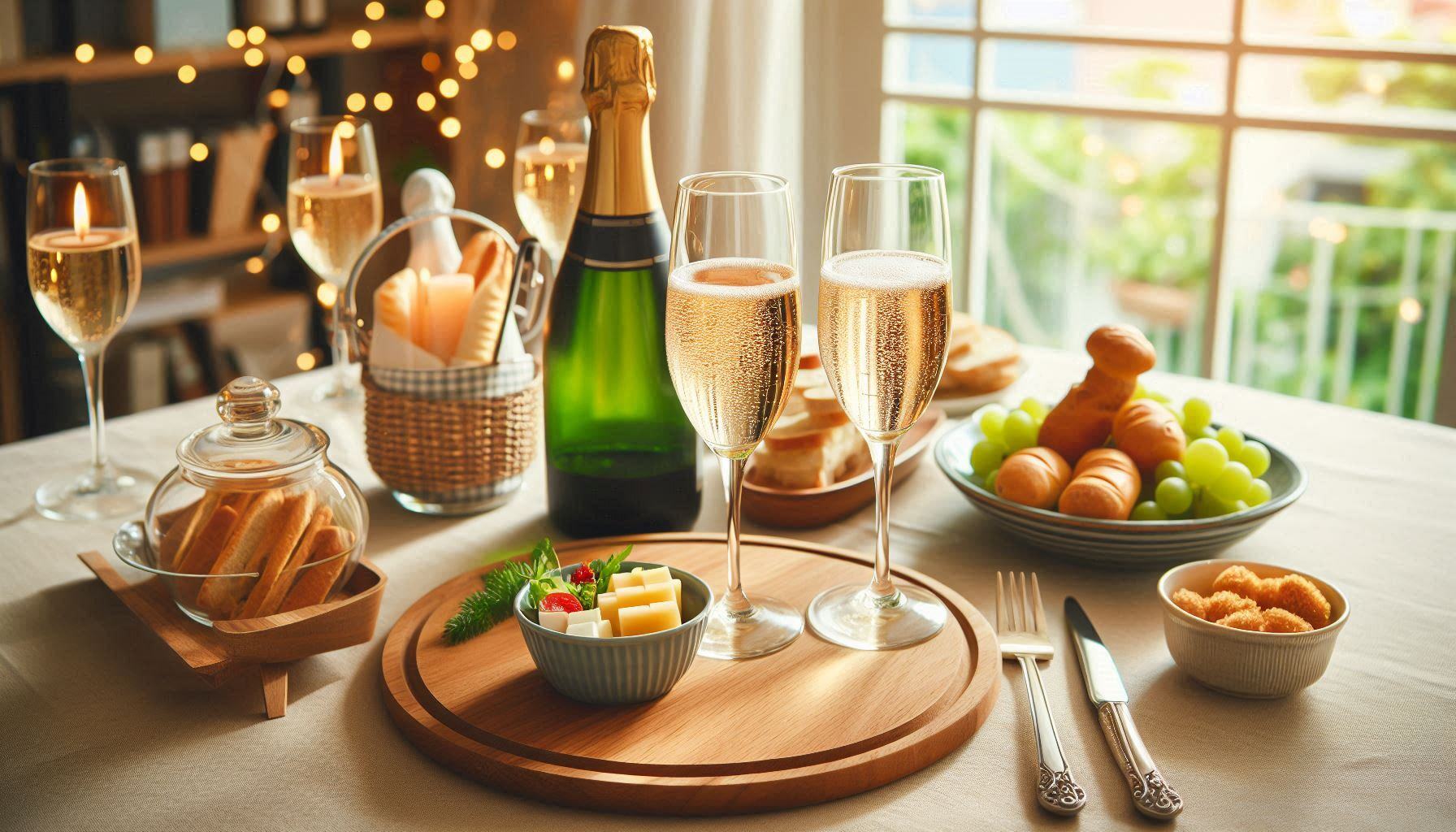
Sparkling Wines in Napa Valley: Blanc de Blancs, Blanc de Noirs, Rosé Sparkling Wine, and Cuvee
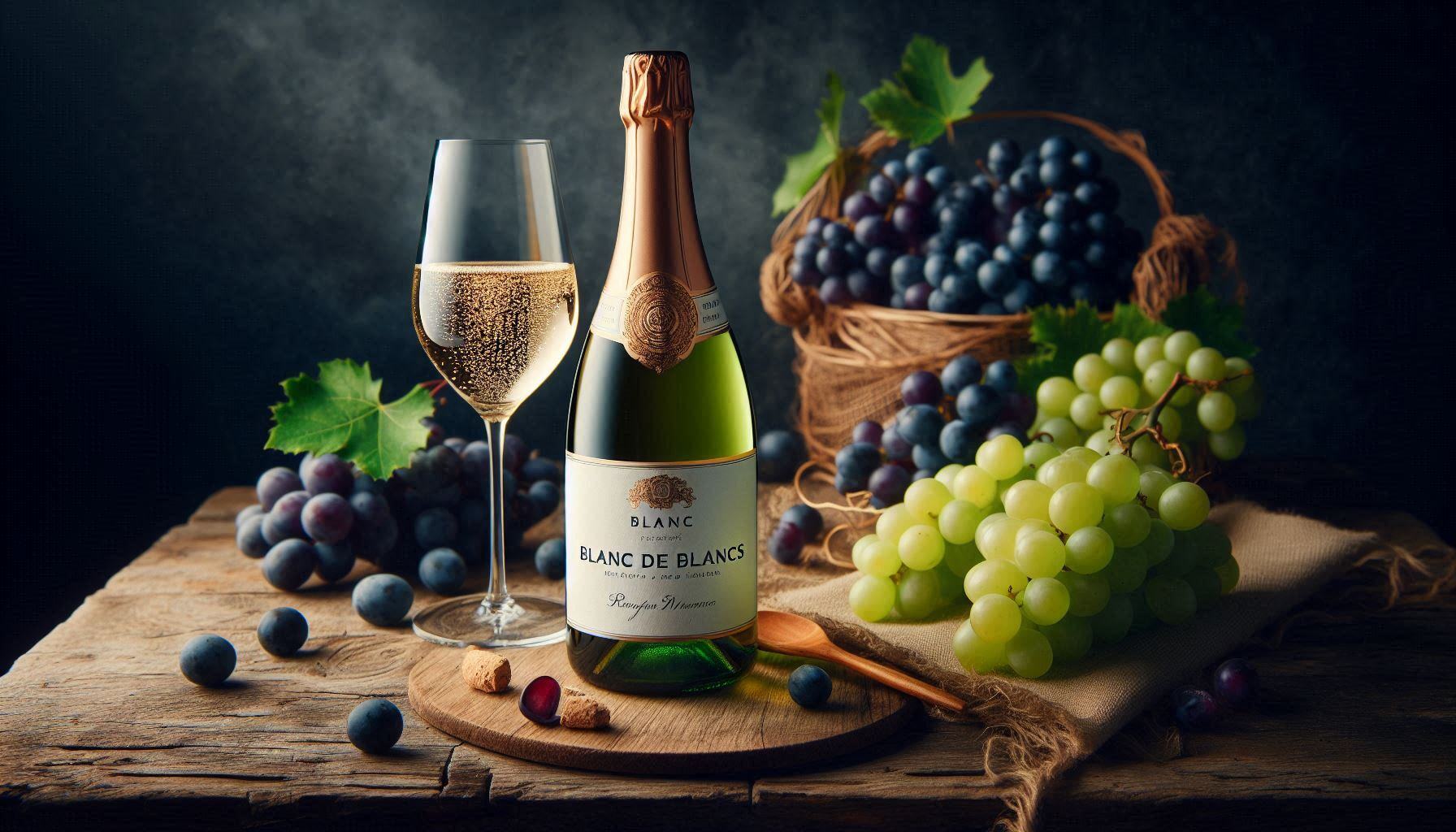
Blanc de Blancs: A sparkling wine made from Chardonnay grapes; Blanc de Blancs is a French term meaning "white from whites." Originating from the Champagne region in France, this wine differs from others because it is usually made with 100% of Chardonnay grapes while others use a combination of Chardonnay, Pinot Noir, and Pinot Meunier. Although it started out in France, Blanc de Blancs has made its way too many other winemakers outside of the region including places like the United States and Italy. The overall aroma, bouquet, and finesse has improved as time passed thanks to the advancement of winemaking techniques. Today, Blanc de Blancs enjoys a strong presence in the global wine market. This is thanks to its acidity balance, its citrus notes, and smooth bubbles.
Characteristics: Blanc de Blancs is created using Chardonnay grapes, which are grown in chalky soil and cool climates. This helps to create its signature flavor including its creamy texture. Limestone-rich soil plays a major part in the growing process, and one of the best places to raise the crops would be Côte des Blancs which is a Champagne region in France. The following techniques help to produce high-quality vines for Blanc de Blancs:
Canopy Management: Controlling leaf growth to help with airflow and sunshine
Hand Harvesting: Helps to maintain delicate skin and avoid bruising
Low-Yield Vineyard: Limiting amounts helps to concentrate the flavor
Taste Profile: Blanc de Blancs is known for its bright citrus notes which is complemented with hints of white flowers, green apple, and pear.
Body and Texture: Having an elegant character, Blanc de Blancs is typically full-bodied or medium with vibrant acidity and fine bubbles. This finesse makes it ideal for both casual enjoyment and special occasions.
Food Pairings: Blanc de Blancs pairs well with an assortment of dishes including the following:
butter-based pastas, soft cheeses like Brie and Camembert, fresh oysters and seafood, and light poultry dishes. The wine's level of acidity can cut through foods that are rich and creamy, while its aroma and flavor can complement lighter dishes. This wine is versatile when it comes to Gourmet food because of its elegant structure and soothing bubbles.
Blanc de Blancs is a sparkling wine that embodies elegance, finesse, and complexity. This versatile Champagne is great whether it is presented at a formal event with sophisticated meals or a relaxing book club meeting with simpler dishes because of its elegance and charm.
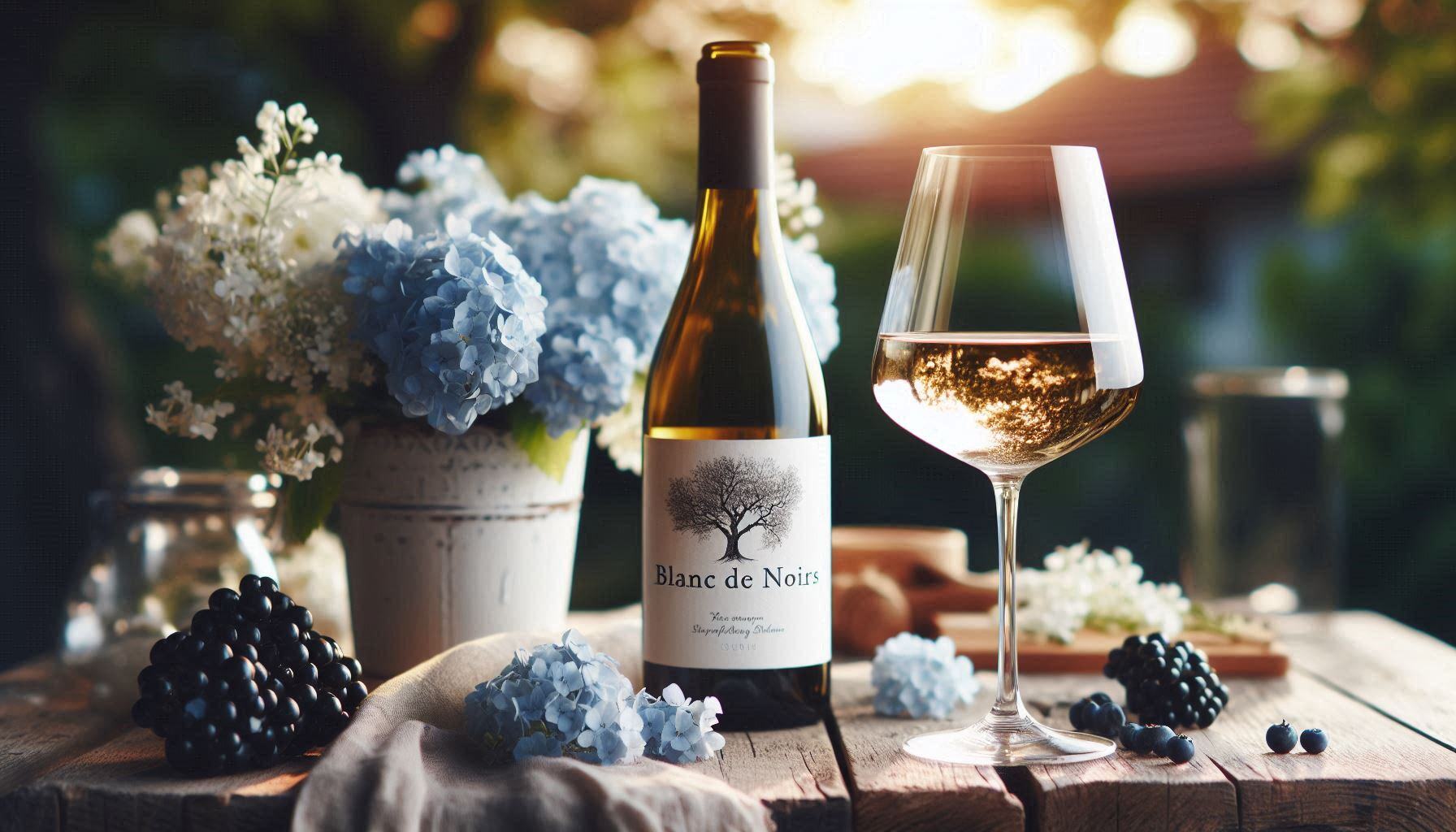
Blanc de Noirs: The history of blanc de noirs is a relatively short one, compared to other wines. Blanc de noirs is French for white from blacks, meaning white wine or champagne, that is produced from black grapes. While blanc de noirs were first produced in Champagne in the 18th Century, the wine spread from there. Today, it's common in a cooler terroir, such as France, Germany, California, and England. The complexity of blanc de noirs champagne makes it one of the most sought-after types of wine. It's incredibly popular among true connoisseurs; a single bottle recently sold for more than $30,000.
Characteristics: The winemaking process behind blanc de noirs is delicate. To ensure the sparkling wine retains its white color, there has to be minimal contact between the skins and the grape juice. This creates a finished product that is known for its clarity, vibrant taste profile, and fruity aroma.
Grapes: The grapes for blanc de noirs are traditional black grapes. In Champagne and other French territories, the winemaking process usually relies on pinot noir grapes and pinot meunier grapes. Pinot noir and pinot meunier grapes thrive in a cool climate. The plants bud early during the spring and are susceptible to frost. Both types of red grapes used to make rosé champagne need cooler weather, and they prefer sun to heat. The black grapes used for blanc de noirs are finicky. Because the grapes are in tightly packed clusters, they're susceptible to disease and rot.
Taste Profile: When it comes to a blanc de noirs, most people notice the wine's fruit flavors that come from the black grapes. The fruit imparts a certain power to the rosé champagne that is noticeably absent from other white wines.
Aromas and Flavors: Rosé champagne has a floral aroma. Depending on the terroir, blanc de noirs can take on a range of fruit flavors, such as red cherries, strawberries, mango, and passion fruit,
Body and Texture: Blanc de noirs are made from black grapes, so they have more body than a traditional white wine. This is termed "vinosity" and refers to the wine's palate power. Some describe it as heat on the tip of the tongue. Sparkling wine lacks the aging potential of red wines, but rosé champagne will take on an earthy tone as it ages.
Food Pairings: Rosé champagne's acidity makes it a delightful drink for warm spring days. It may have a strong citrus flavor, especially pronounced in the Champagne terroir. The taste profile pairs well with foods that complement traditional white wines, such as chicken and fish. Sparkling wine is a mainstay of the summer. It's no wonder that it pairs great with grilled halibut or tuna. Dry champagne and pinot noir have earthy notes and fruity flavors that are ideal for white meats. Depending on the terroir of a particular variety, blanc de noirs may have more body, making it perfect for grilled poultry.
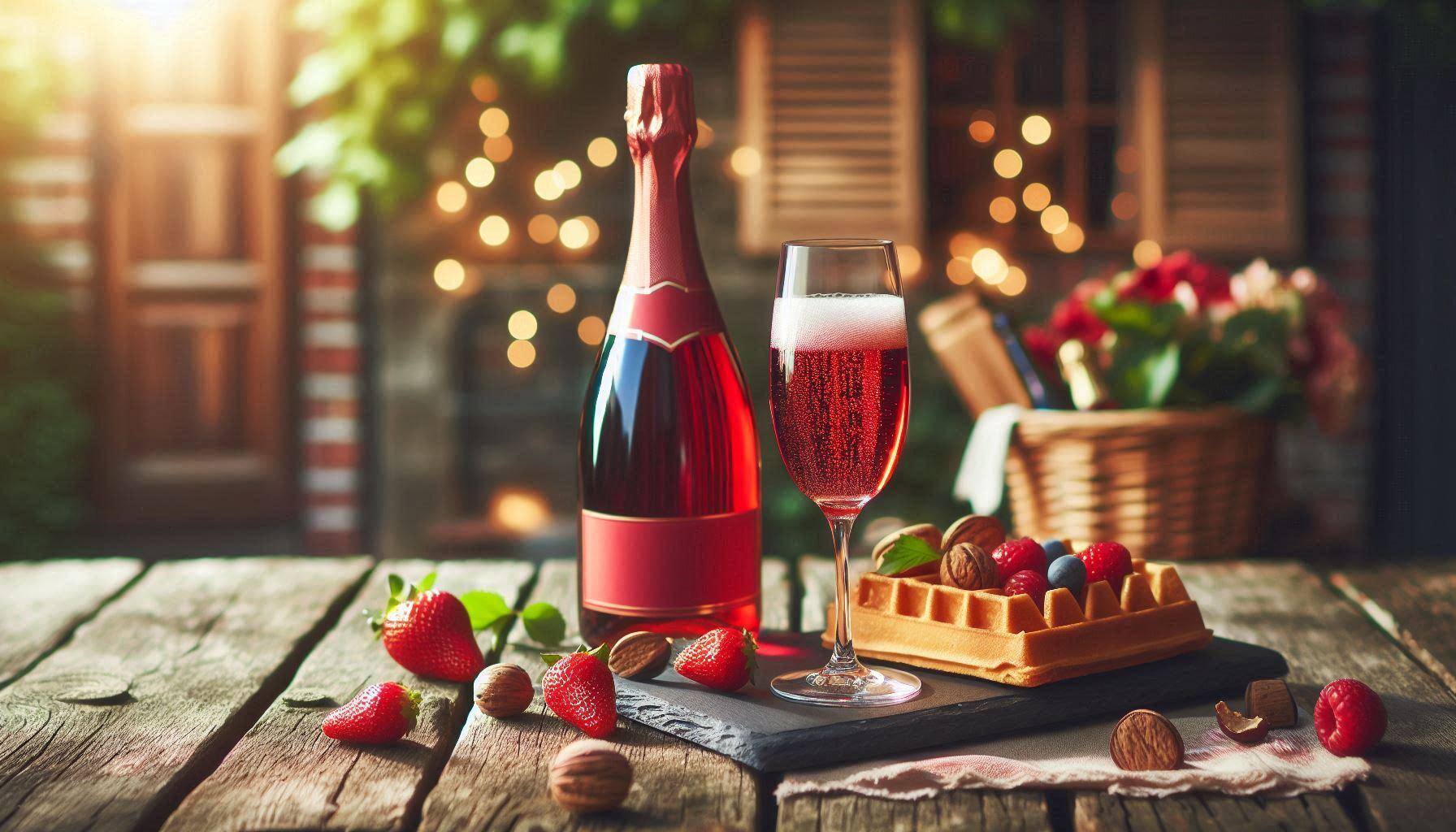
Rosé Sparkling Wine: Rosé sparkling wine is often associated with Valentine's Day, but there is more to know about this elegant beverage than its romantic appeal. While you can certainly enjoy it as a celebration drink, it is also an excellent aperitif and great for pairing with gourmet meals and snacks.
In the 14th century, Benedictine monk Dom Perrier Pérignon was tasked with researching effervescence in wines with sweet berry flavors. Bubbles forming in rosé wines were undesirable at the time because they increased the pressure inside bottles, thus breaking them or spontaneously popping the corks.
By the 17th century, bottlers in England had become enamored with the taste profile of sparkling wines from the Champagne region. They loved everything from the floral notes to the pink hue, fine bubbles, and refreshing acidity. This affinity prompted them to develop more durable glass bottles with cork-stopper mechanisms, thus facilitating international trade.
Still and sparkling rosé wines did not enjoy popularity in the United States until the 1970s. Wines made with Zinfandel grapes sparked a taste trend that veered towards sweeter styles. California winemakers began cultivating Pinot Noir grapes, and sparkling styles were further popularized by Valentine's Day marketing.
Characteristics: The pink hue ranges from salmon pink to a reddish tint. The preferred sparkle of fine bubbles is achieved through the méthode traditionnelle of fermenting sweeter grapes harvested in regions with Mediterranean climates. The dryness-to-sweetness ratio can vary from a brut style to demi-sec.
Taste Profile: With rosé sparkling wine, you get a nice bouquet of red fruit notes and berry flavors. You can expect hints of strawberry, raspberry, and cherry. The floral nuances evoke rose petals and violets. With longer aging, you can taste hints of citrus and spice. Depending on the grapes and fermentation techniques, the body can vary from light to medium. The saignée winemaking method combines red and white base wines to create a textured rosé with bolder flavor.
Food Pairing: With a bright acidity, fruity notes, and delicate bubbles, you get a nice range of pairings. When you pop open a sparkling rosé bottle, the olfactory reaction will guide you toward desserts, thus explaining why it is considered a Valentine's Day wine. Chocolate-covered strawberries are perfect; the same can be said about fruit tarts or berries with cream. Panna cotta and other gourmet custards go great with sparkling rosé wine, but only if they are not overly sweet.
If you are serving spicy Indian or Thai food, the sweetness and bubbles will taste more refreshing than ever, thus balancing the meal. The best vegetarian dishes to pair with this wine include grilled mushrooms and salads with berries as secondary ingredients. Roast chicken and pork cutlets also go well with a generous glass of rosé sparkling wine.
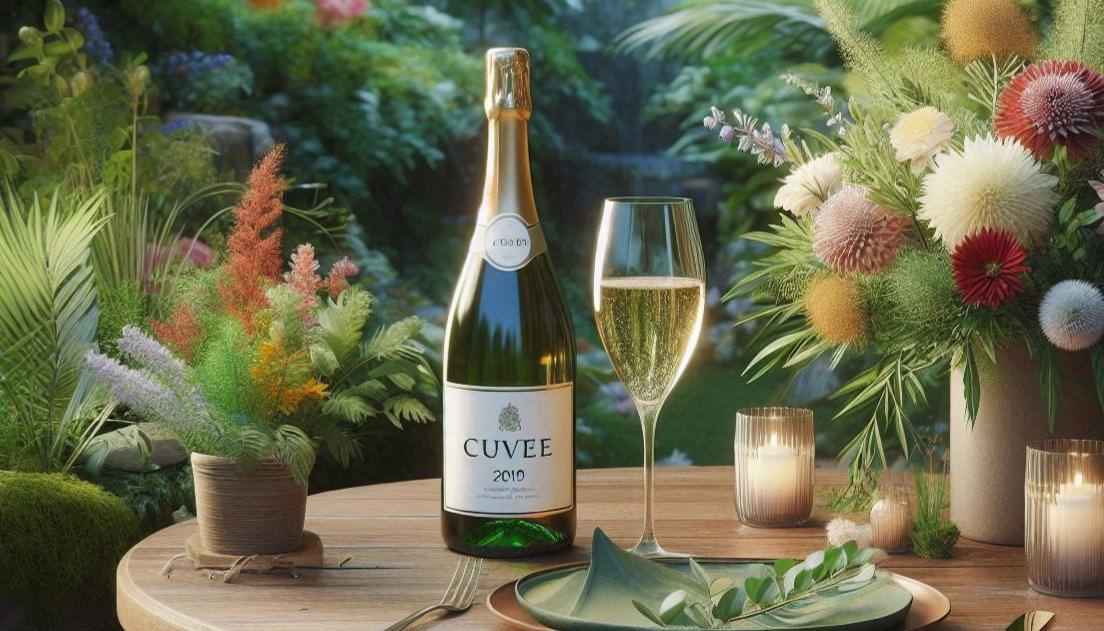
Cuvee: Cuvée wine is a unique blend of two or more wine varietals whose origin dates back to the early Roman Empire. Stemming from the French word “vat, or barrel,” it can either be associated with the process of winemaking, such as squeezing the premium product to produce a wine like Chardonnay, or with blending different varietals, such as Pinot Noir.
As the Roman Empire spread throughout modern-day Europe, it collected an assortment of grapes specific to geographic regions such as Greece, to its Italian peninsula, combining them to create new blends that we still enjoy to this day.
Cuvee wines are enjoyed all over the world, but France, Italy and now California are known for these unique blends. They are now rated one of the most enjoyed specialty wines in the global market today and are available in reds, whites, and blushes.
Characteristics: Cuvée wines are a blend, which means there is no specific grape that is used in its production. Pinot Noir, Pinot Meunier, and Chardonnay are both red and white grapes that are grown in Europe and the United States and blend well with other varietals to create unique blends.
Grapes take a minimum of seven years to produce fruit on the vine and require delicate vineyard practices and compliant weather- many of which can only be grown in a specific terroir. It is said that each bottle of wine is a story in a bottle, for the rain of the season can impact the sweetness and the aging of the vine can bring about a much richer taste for each vintage.
Taste Profile: Curvee wines have various taste profiles based on the characteristics of the grapes used in their production. Many have a complex flavor and aroma but can be classified as elegant and robust.
Due to the various combinations, the profile can be a medium to full body, with rich tannins that can either be enjoyed alone or with pairings with food which will enhance the natural tones of each type of grape in the Cuvée.
Food Pairings: Cuvee wine pairs well with fruit and cheese, making it a popular appetizer pairing. For main courses, Cuvée should be paired with seafood or other distinctly aromatic or strong-tasting foods such as Thai or Indian dishes. Pairing Cuvee wines with these foods brings out the natural fruitiness of the wine, distinguishing it from the pungent taste of spicy entrees or seafood. Pairing Cuvee wines with fruit or cheese allows for the natural sweetness to be enhanced, allowing for a light finish for the palate.
Cuvee wines are an excellent choice if you are looking for varietals to enhance hors d'oeuvres and tasteful entrees. The varying characteristics based on the types of grapes used also allow for different pairings based on the sweetness and color combinations. Cuvee wines are truly multifaceted wines.
